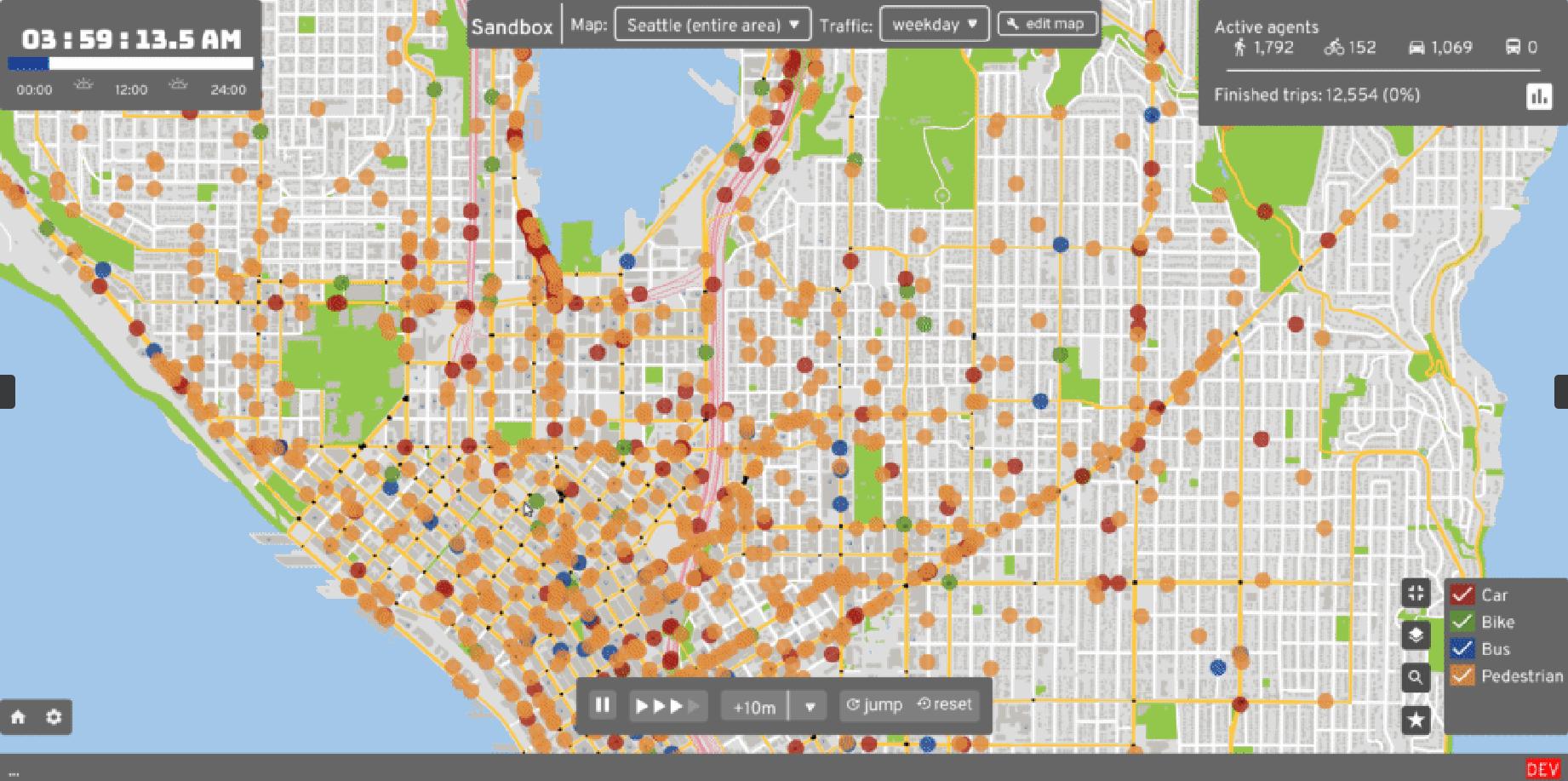Popularity
Popularity#
Social software development and version control platforms like GitHub allow users to “star” other users’ repositories. Staring is often used to indicate support, bookmark repositories for later reference, and create curated lists. A repository’s total number of stars is an easy metric to keep track of and is routinely used by the community as an indicator of project popularity.
The popularity of a particular topic or field can be determined by summing the number of stars across all related projects. There are a total of 127,038 stars across all of the identified projects; but a search on GitHub revealed there are 27 projects that have more stars than the entire software in environmental sustainability combined! With a median of 42 stars, the field of sustainable technology can be considered rather unpopular on GitHub.
With only 3 projects that have more than 1000 stars, it is once again becomes clear how little attention OSS receives within environmental sustainability. High growth in popularity can be seen in topics such as energy, transportation, earth observation, and meteorology. These are just a few examples of areas where software innovations are critical, which explains why open source software is more widely recognised.
Tip
Click the project name and go directly to the repository.
Fig. 15 - Projects with most stars#
Here, the accessibility of different domains and applications must also be taken into account. Projects such as A/B Street, Electricity Map, OpenFarm, Open Food Network, Emoncms, StreetMix, or the Farmbot, have relatively lower barriers to entry for software developers and end users. These projects can speak to a wide audience and require less specialist or technical knowledge for contribution and usage. Hence there is greater awareness in general.

Fig. 16 - A/B Street - Transportation planning and traffic simulation software for creating cities friendlier to walking, biking, and public transit. License: Apache-2.0#
On the other hand, popularity should not be conflated with impact. BiodivMapR, for example, has the potential to create a global map of biodiversity based on multispectral satellite images. Projects on sanitary problems or biogas, such as Santiago.jl, are also apparently less popular based on the star metric but can have a significant impact on energy supply and water quality respectively.

Fig. 17 - biodivMapR - An R package for α- and β-diversity mapping using remotely-sensed images. The left image shows the visible spectra with multiple validation sites. the right image shows the derived biodiversity. License: GPL-3.0#
